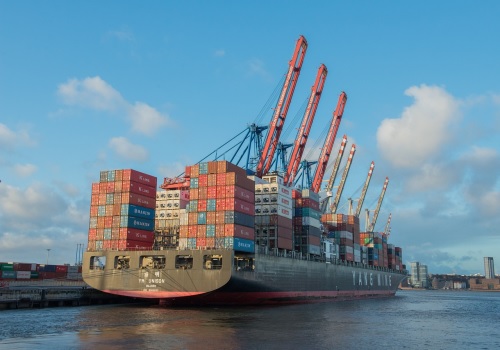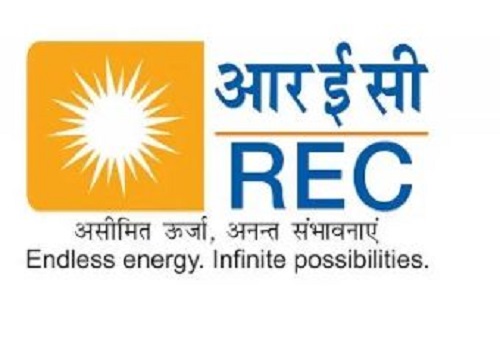India`s exports: Sailing the rough Red Sea by Elara Capital

India’s exports: Sailing the rough Red Sea
Key takeaways
A prolonged conflict in the Red Sea is likely to impact India’s overall exports, as well as become a catalyst in resurfacing of input cost pressures. We see overall exports falling by 10.3% in a High risk scenario in FY24E vs ~6% under the Base case. On the inflation front, wholesale price inflation can move towards 4-4.25% YoY in FY25E vs our base case estimate of 3.5%. Soaring transport cost, sluggish business conditions in the EU, and China’s overproduction led dumping are emerging as key risks to Indian exports in the near term. We expect the impact of the same to be pronounced on textiles, electronics, auto components, chemicals, steel, machinery, mechanical appliances, and refining products.
Transit calls in the Red Sea route drop sharply
Amid ongoing tensions in the Red Sea, the latest data indicates global chokepoints at its heart – the Suez Canal, and the Bab-El Mandeb Strait – see an increasing number of ships abandoning the route. The total transit calls at these two chokepoints, which account for 10% of annual average transit calls in petroleum, chemicals, and non-metallic industrial products (Source: IMF), have fallen by ~40% until 25 January vs in Q4CY23, and lower by 15% since January 2019 (pre-COVID). On the other hand, the alternative route through the Cape of Good Hope has seen transit calls rise by 37% until 25 January vs Q4CY23. However, the rerouting has elongated the transport time, which as per Flexport, is an additional 15-20 days.
Shipping and air freight rates are rising
The impact on freight rates, in shipping as well as air freight, indicate the re-emergence of supply chain disruptions and potential input cost pressures. The Shanghai to Los Angeles freight rates have more than doubled to USD 4,344/FEU* week ending 25 January 2023 vs USD 1,939/FEU* at the start of December 2023. The Drewry Air Freight EastWest Index in December 2023 went up by ~20% MoM, which implies transporters increasingly favoring certainty over cost savings.
The impact of these disruptions is evident in the higher readings of our Elara Composite Supply Chain Index (ECSCI) (increasing ECSCI implies rising supply chain pressures), up 50.2% YoY as on 25 January 2024. The Index stands at the highest levels since August 2022. However, the recent moderation in the Baltic Dry Index shows, given the global manufacturing activity remains muted, a sustained supply-led surge in inflation is unlikely as it had been during CY21-22.
India: watch for inflation & trade risks with the EU
For India, the key risk stemming from an elongated conflict in the Red Sea is likely to be its exports to the EU (23% of overall) as well as on crude oil prices. However, since demand remains sluggish, the impact is likely to be transient. We cannot rule out a rise toward 4.00-4.25% YoY in WPI based on a lead-lag model with our ECSCI vs our existing FY25E projection of 3.5% YoY. On the trade front, 80% of exports to the EU pass through the Red Sea; in a High-Risk scenario, we estimate overall exports to the EU to drop by ~5.1% YoY in FY24 vs 1.8% YoY under our Base Case scenario.





















